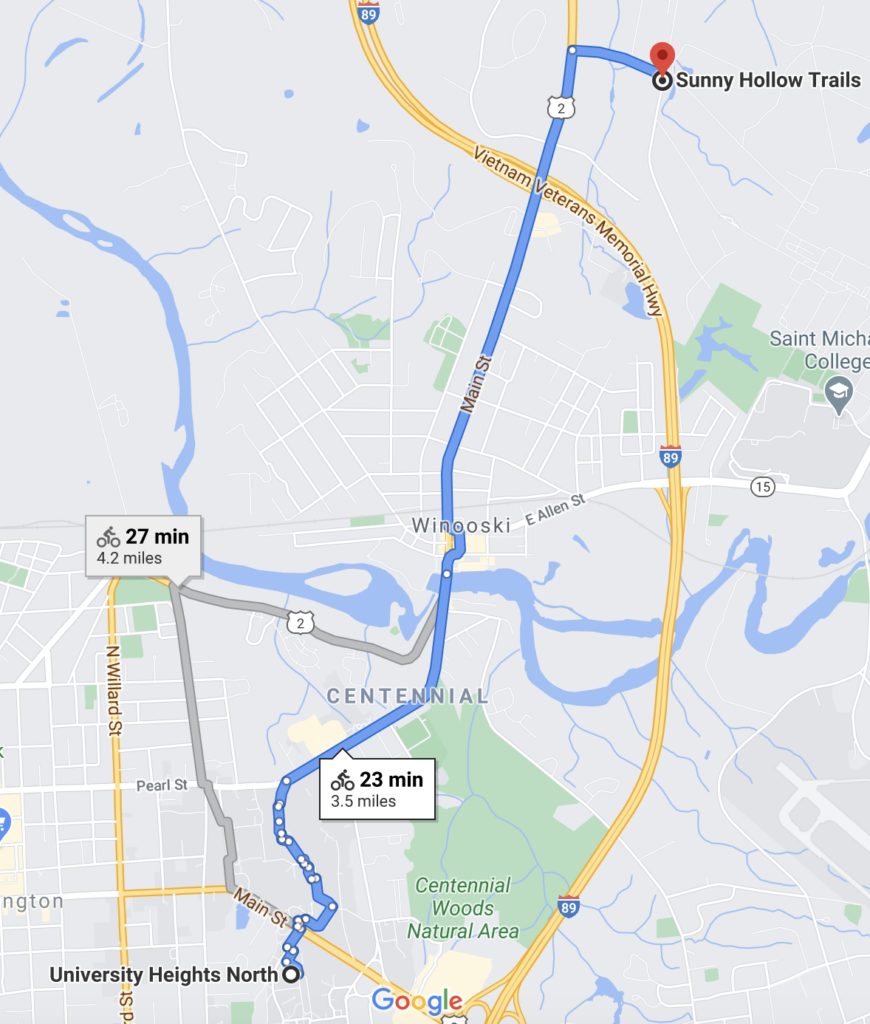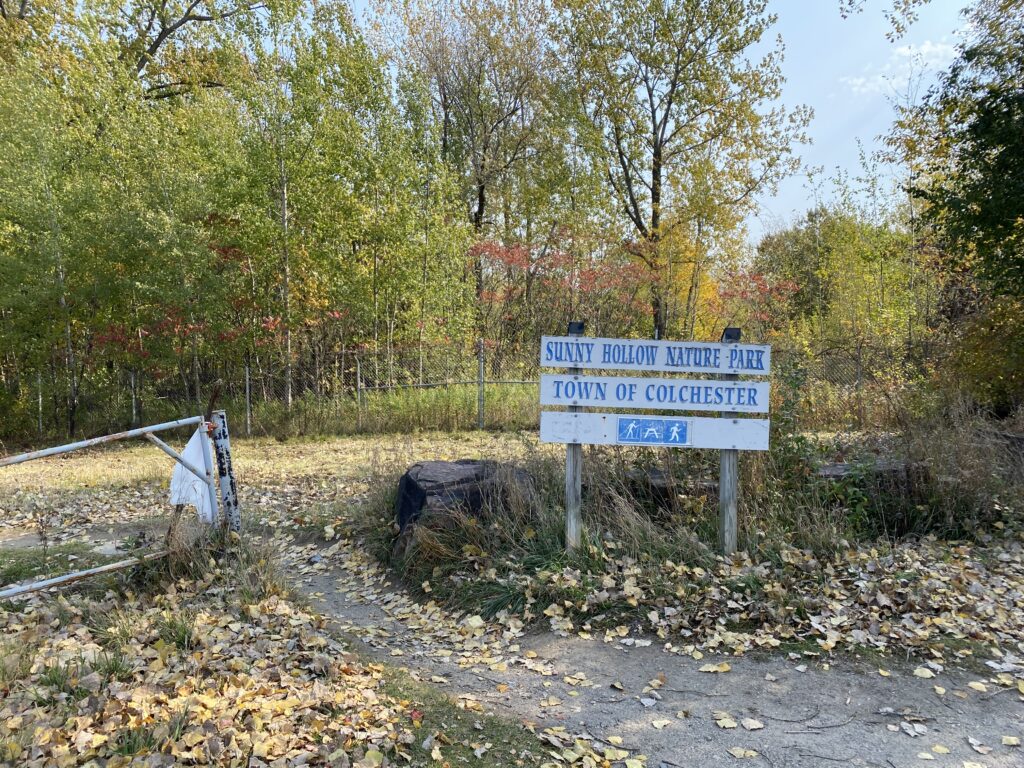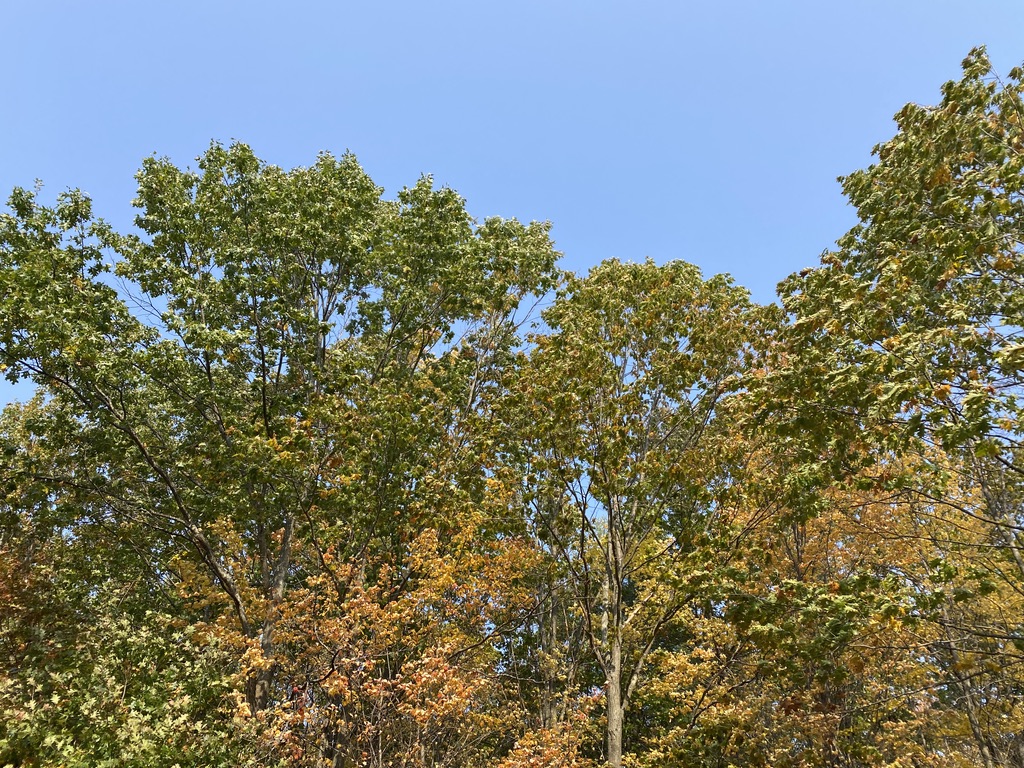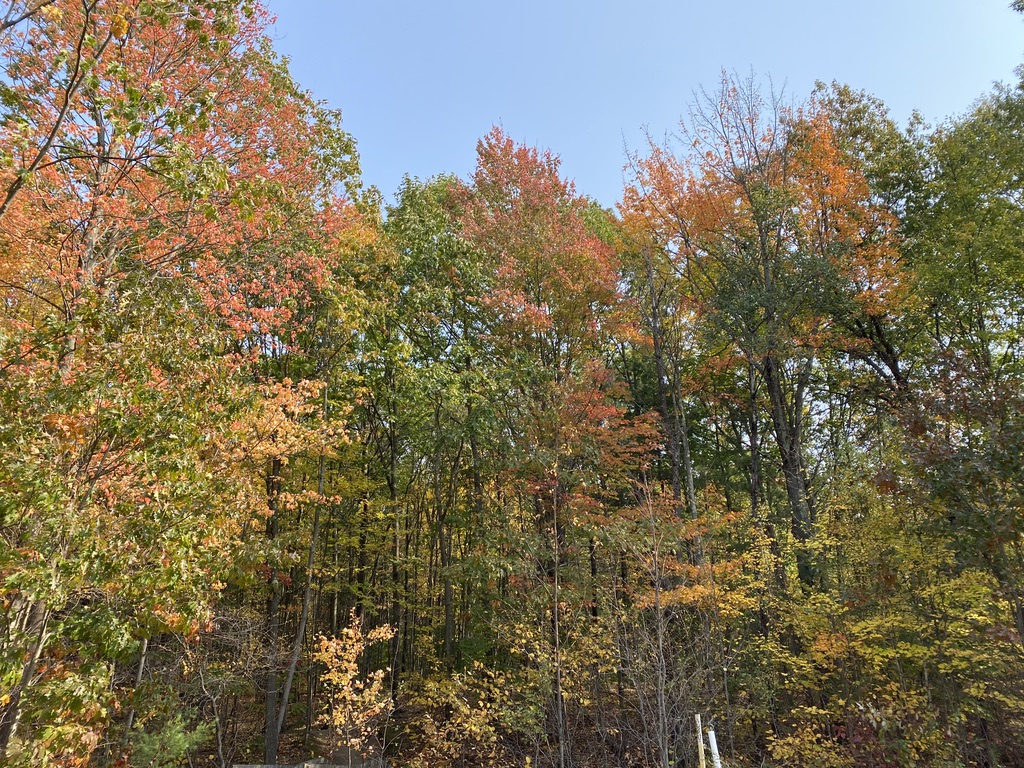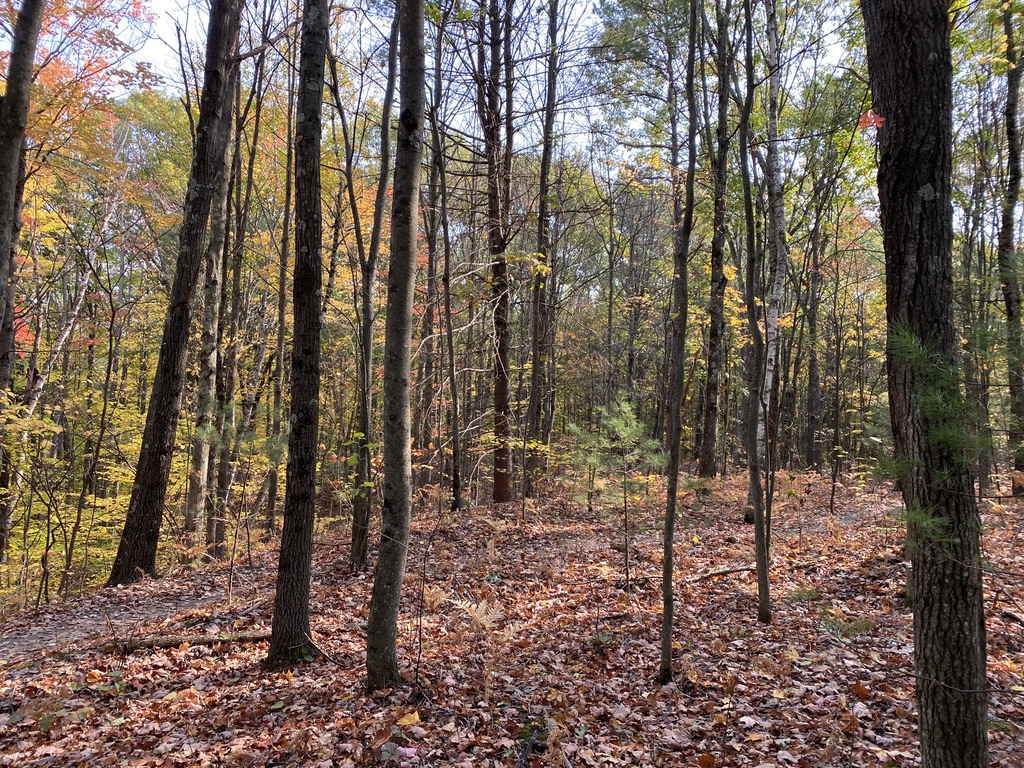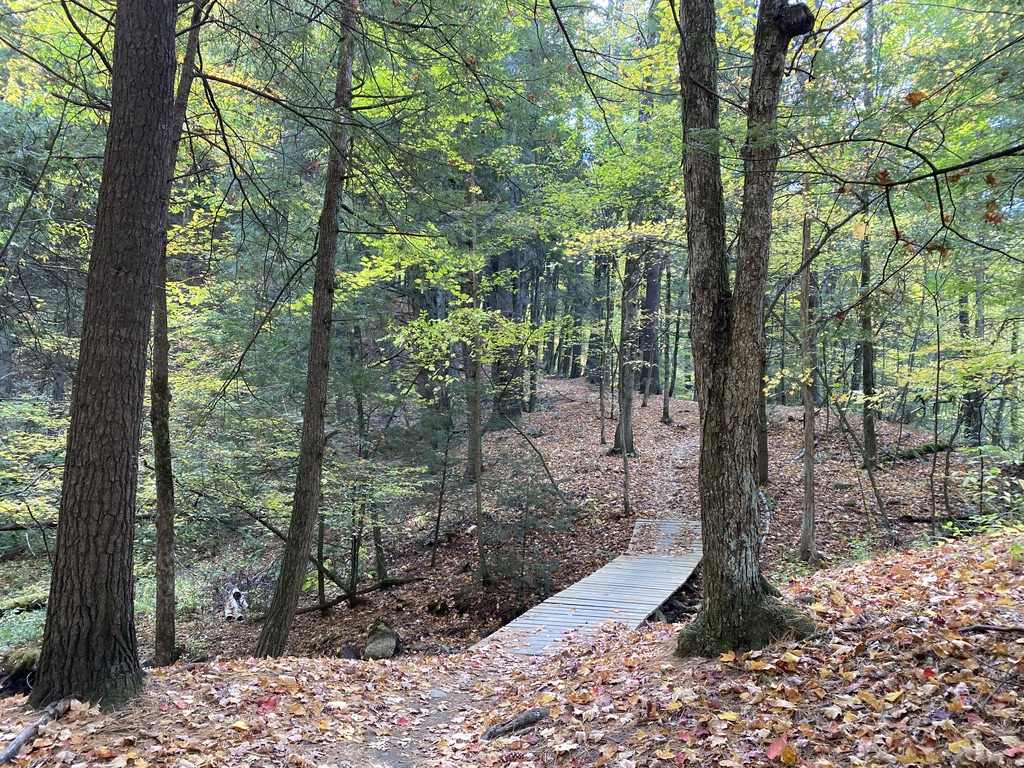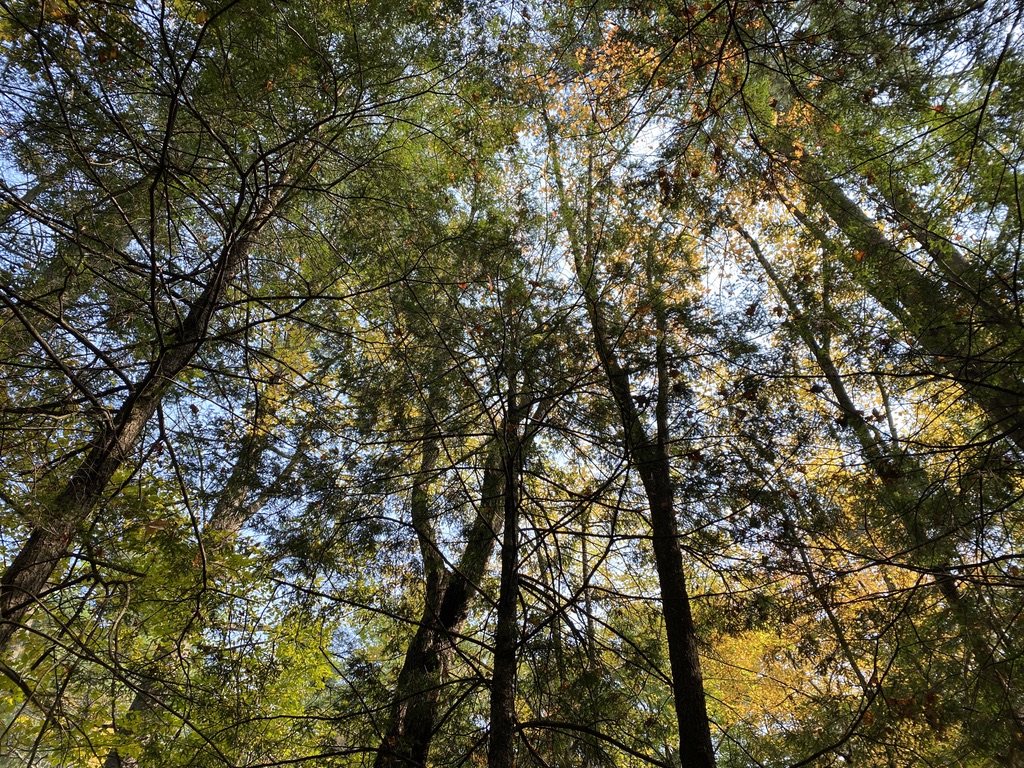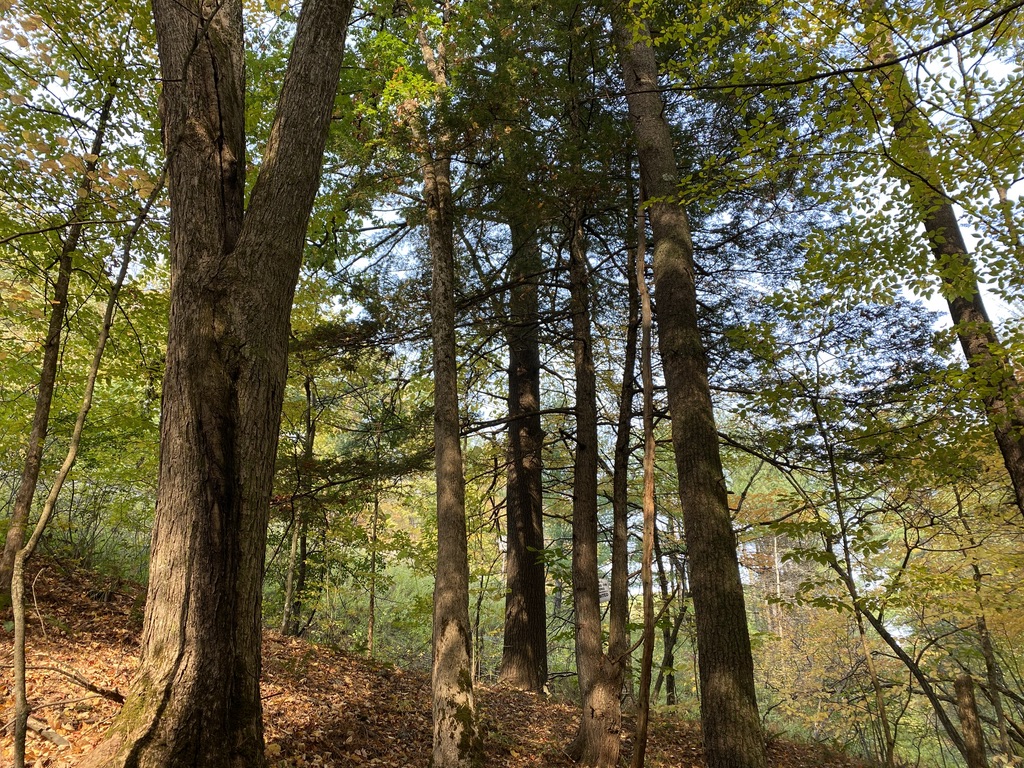On my second visit to Sunny Hollow Natural Area, I observed the changing of the seasons! As it is now late October, the leaves are almost completely fallen off of their trees despite it being unseasonably warm these past few days, even hitting 75 degrees Fahrenheit. As labeled in the drawing below, Sunny Hollow has an abundance of vegetation from White Oak to Eastern White Pines and a section of the Natural Area that is primarily Paper Birch. From learning about these species’ shade tolerances, I understand that the Paper Birch are all concentrated in the most exposed area as they are shade intolerant and require sunlight for survival. The Red Maple, White Oak and Eastern White Pine are all considered intermediate in their shade tolerance which explains why they are found a bit deeper in the forest. Below is my hand drawn map of the Natural Area:

Though there is not an abundance of wild life at Sunny Hollow, a moderate amount of squirrels, chipmunks and the occasional snake can be seen while riding or hiking the trails. This is due in part to Route 2 running alongside the west side of the natural area as it creates a noise pollution as a disturbance for the wildlife, making it not an ideal habitat. The area surrounding Sunny Hollow is also rather developed as there is another main road as well as several business establishments like Costco. There is a slight elevation change of about 335 feet throughout the area as the trails meander downslope to the river running alongside the east side of the boundary.
Here’s a fun picture of my riding partner//boyfriend after our bike on the trails!


